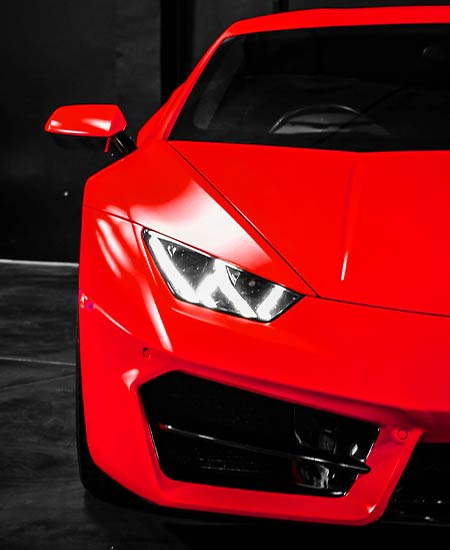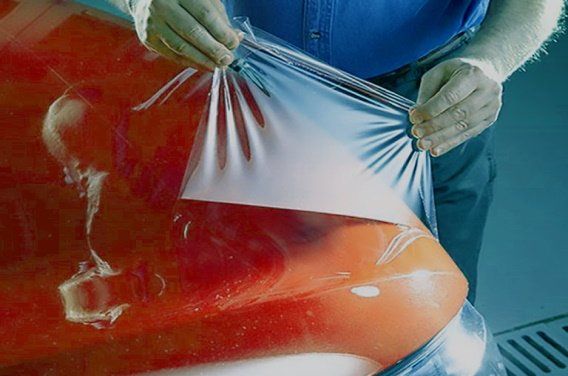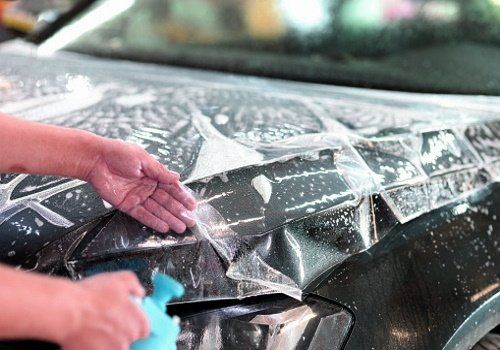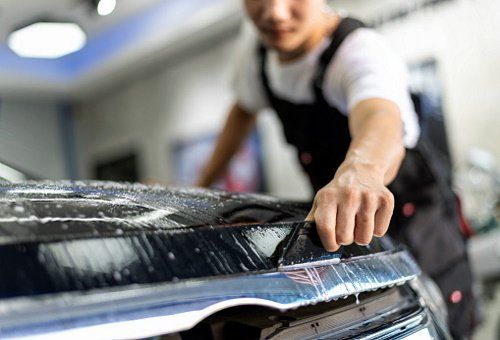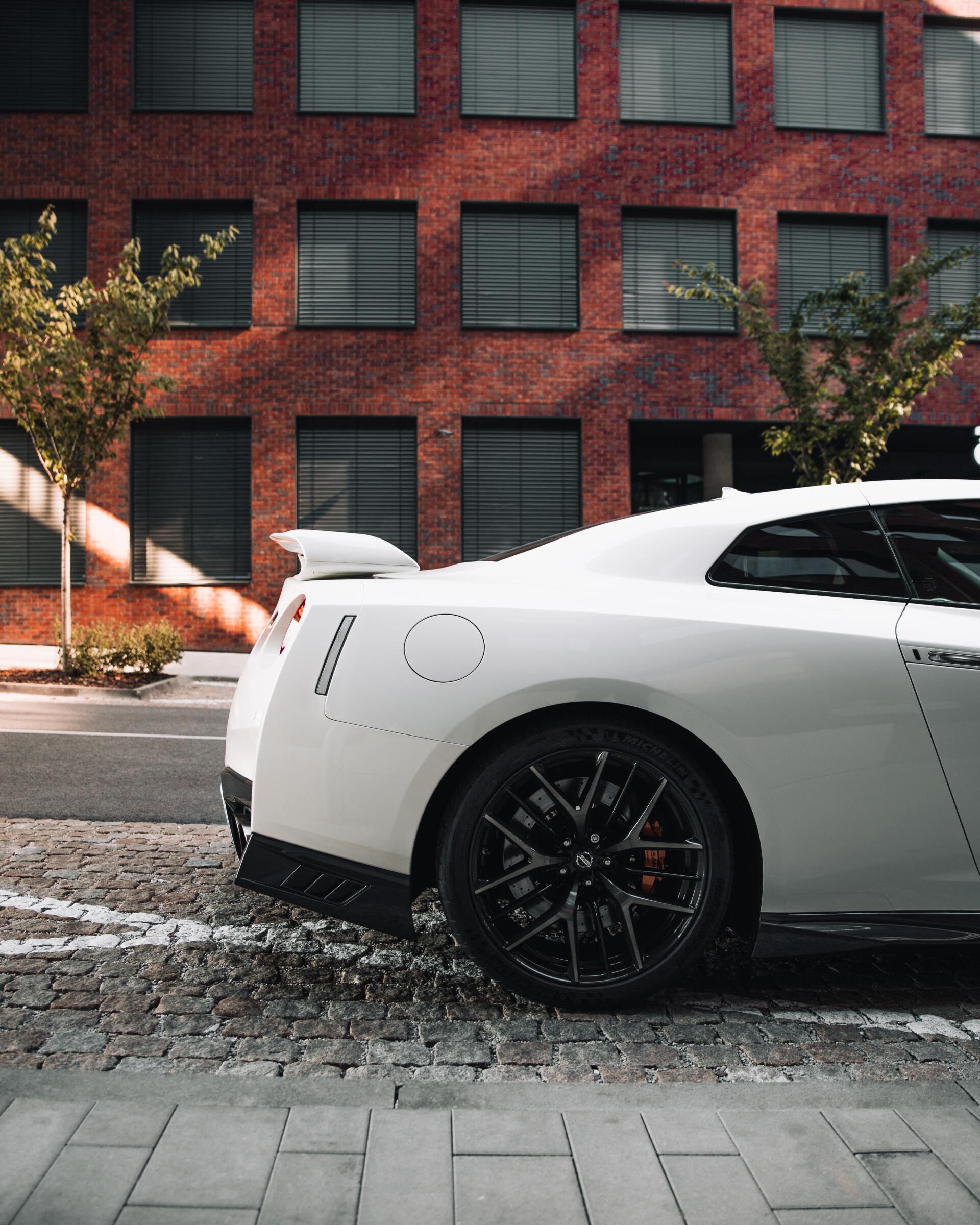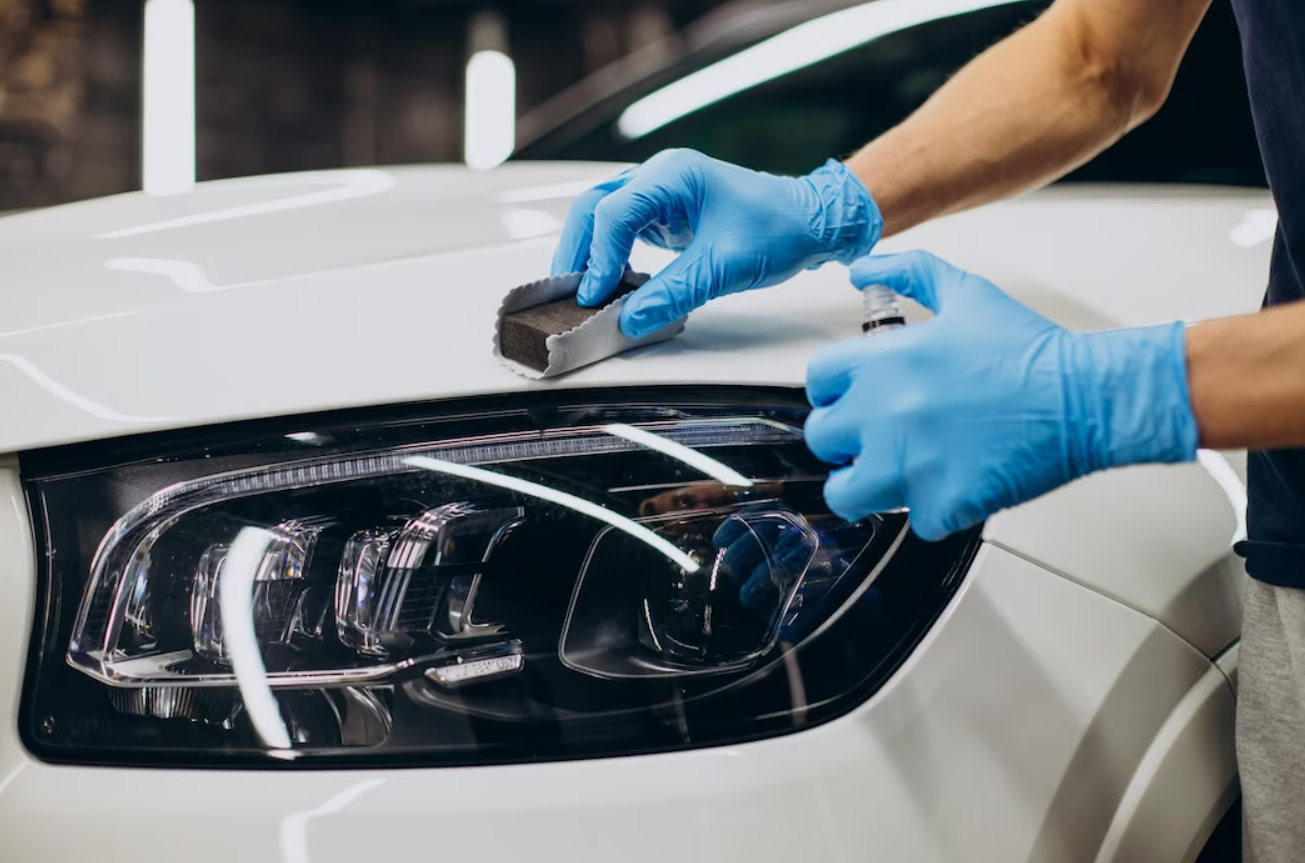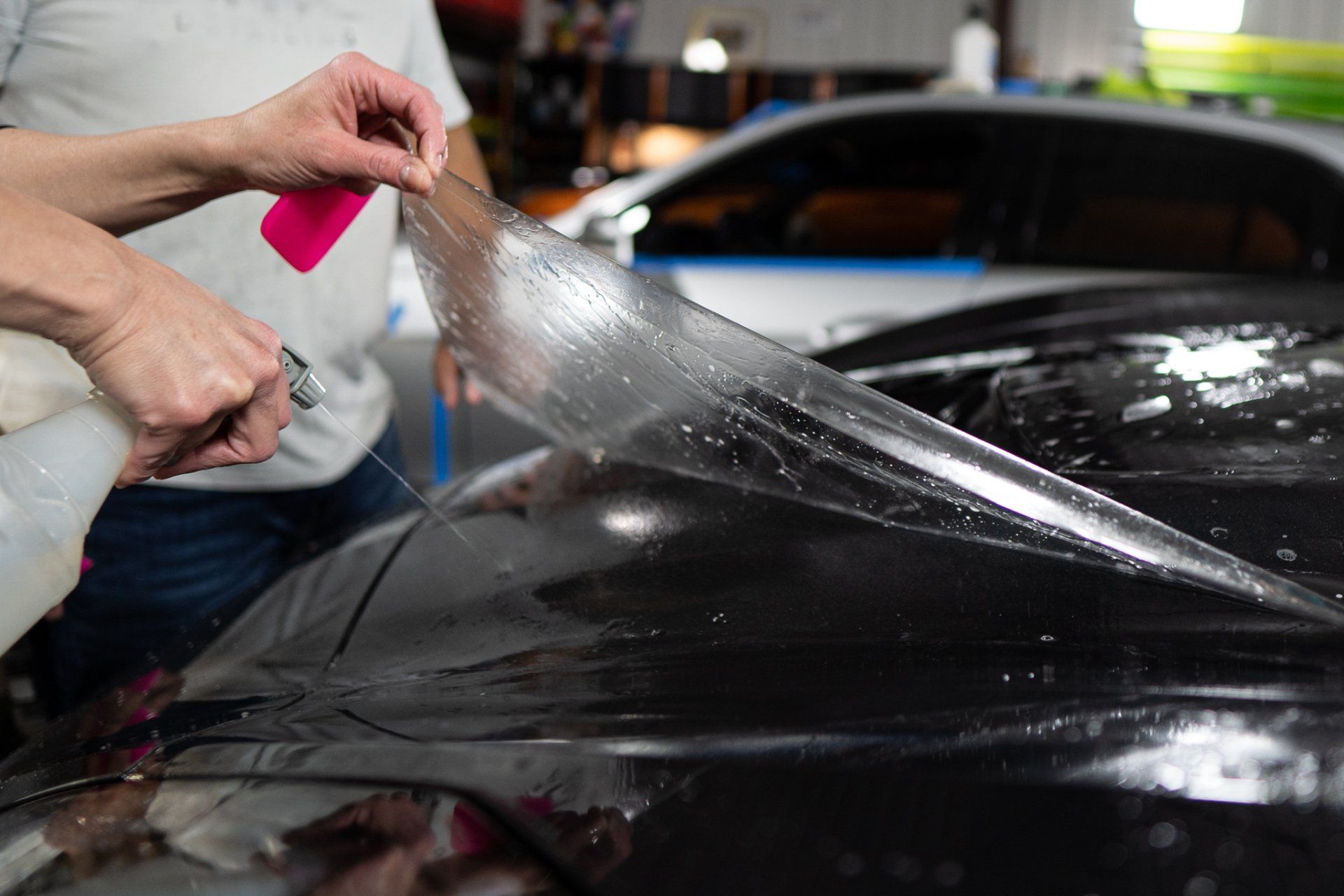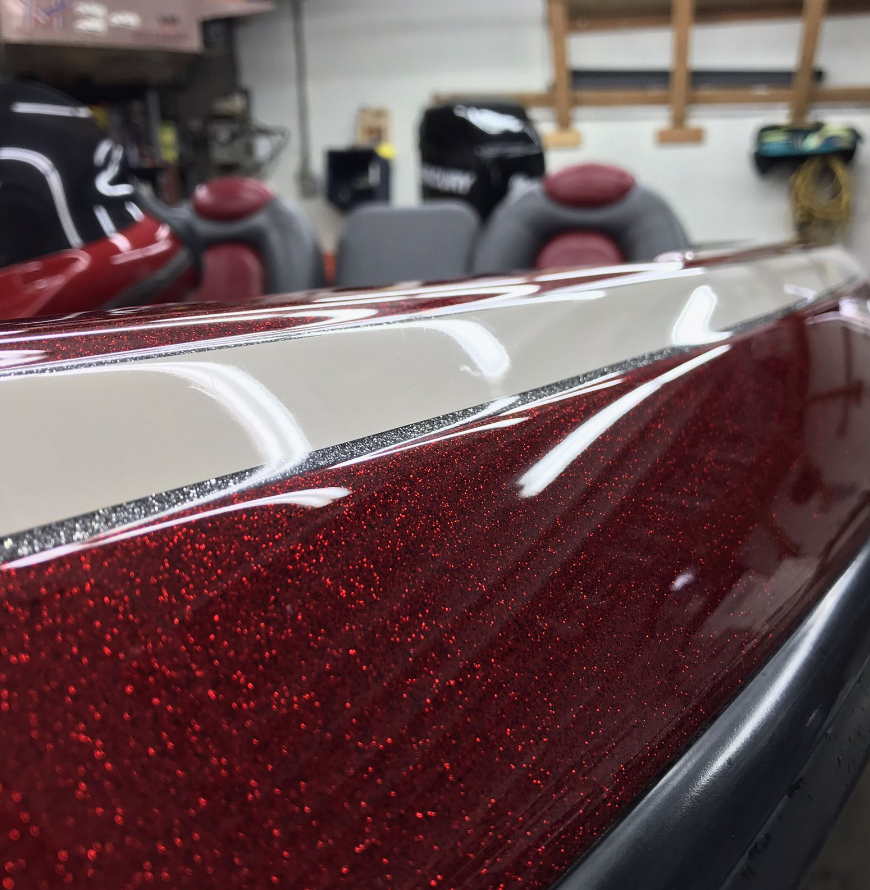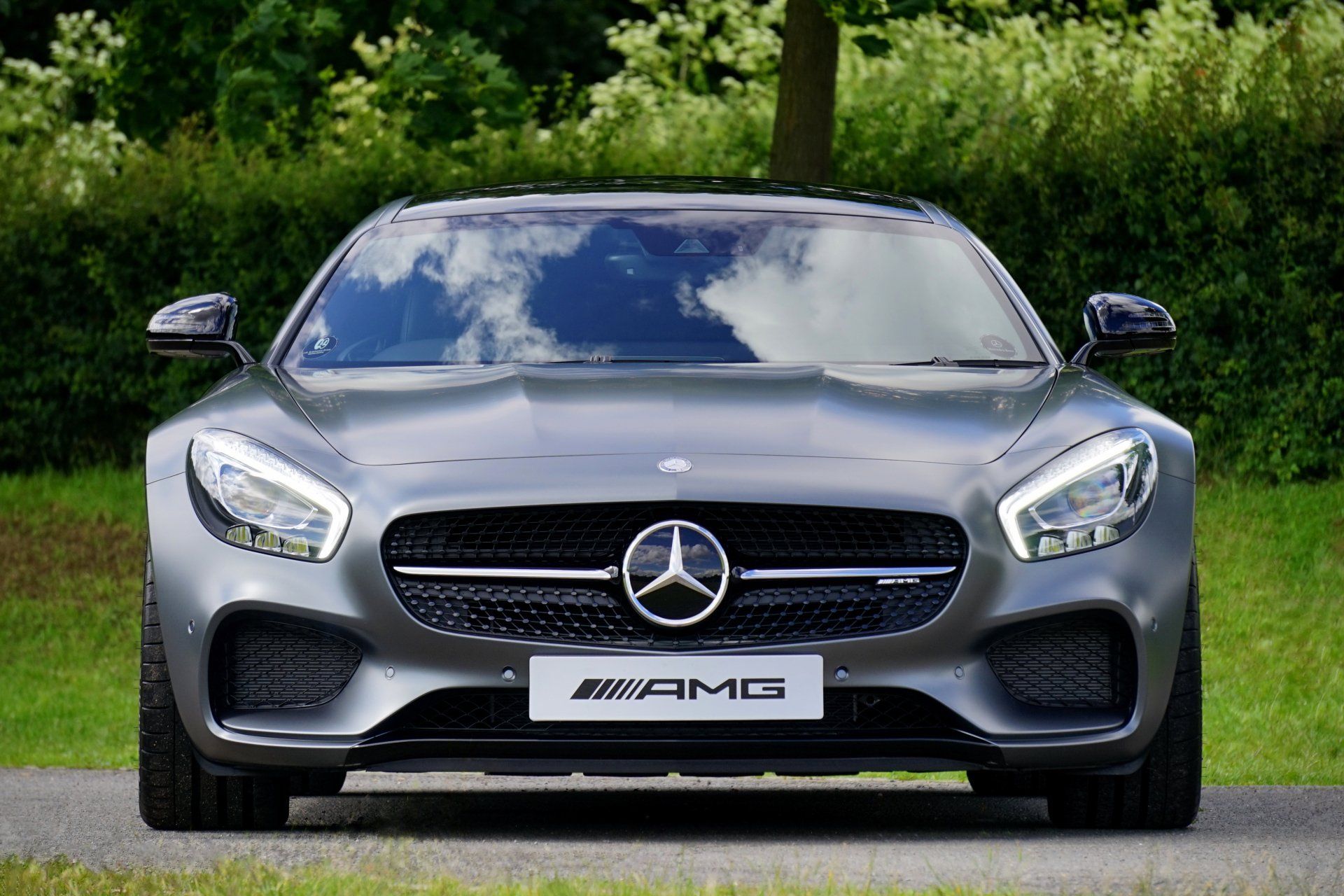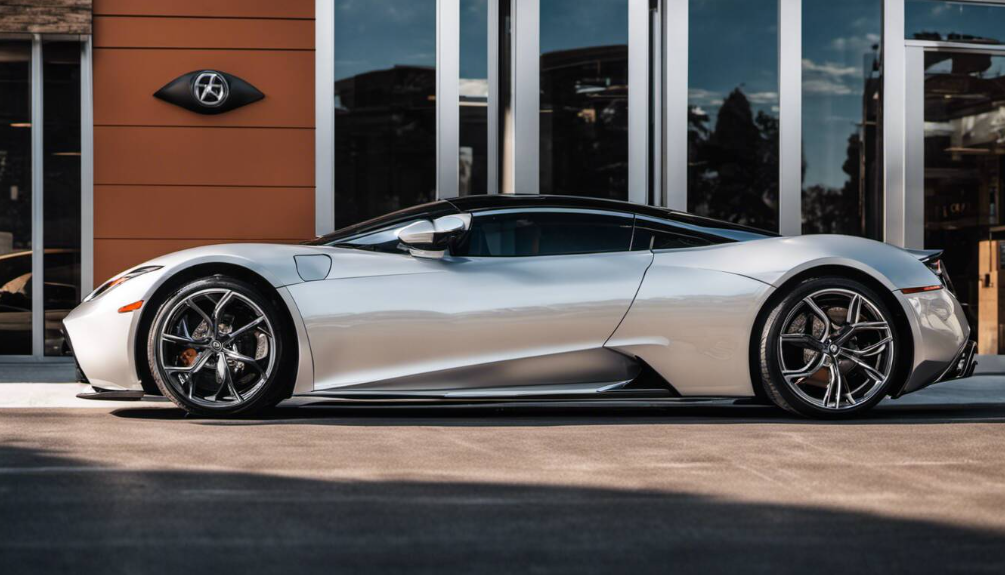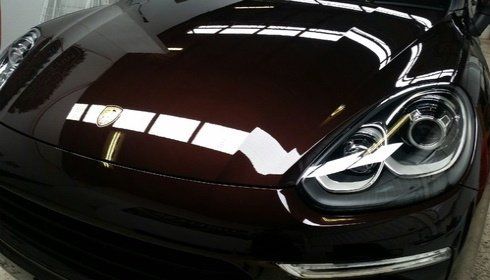Understanding the Protective Layers in Paint Protection Film
When you invest in a vehicle, you're making a commitment not just to the car itself, but to keeping it in great shape for years to come. One of the best ways to protect this investment is by using paint protection film (PPF). Many people don't realize just how effective PPF can be at shielding your car's surface from everyday wear and tear like scratches, chips, and fading due to sun exposure. In this article, we'll break down PPF's construction and its many layers, revealing how this innovative product works to keep your vehicle looking its best while explaining what makes it a smart choice for any car owner.
Paint protection film (PPF) typically consists of multiple protective layers, including a top coat that offers resistance to scratches and environmental contaminants, a thermoplastic polyurethane (TPU) base layer for flexibility and durability, and an adhesive layer that ensures secure application to surfaces. Each of these layers contributes to the overall effectiveness of PPF in safeguarding vehicle paint against damage from road debris, UV rays, and other potential threats.
Functional Layers of PPF
The strength and effectiveness of PPF lie in its multi-layered structure, with each layer serving a distinct purpose. Understanding these components is crucial for anyone considering this protection for their vehicle.
Top Coat
At the very top is the top coat, which is hydrophobic and self-healing. This remarkable feature means it repels water, preventing unsightly water spots while also having the capability to repair minor scratches when exposed to heat.
For instance, a light scratch can often disappear simply by leaving the film in sunlight for a short period. The heat helps activate the self-healing properties, allowing the film to conform back to its original state, which is quite astonishing.
Apart from being aesthetically pleasing, this top layer also enhances gloss and offers UV protection, thereby retaining the vibrancy of your vehicle's paint beneath it. It's like a shield that withstands the elements while keeping your car looking new and polished.
Middle Layer
Beneath that glossy finish lies the middle layer, where the thermoplastic polyurethane (TPU) does its heavy lifting. This central component is responsible for absorbing impacts from debris like stones or small branches that might hail against your car during your daily drive or road trips.
Think of it as a cushion; it absorbs nearly 70% of the impact energy, helping prevent unsightly chips from forming on your precious paint job.
Because this middle layer comprises flexible materials, it allows for easy application on various surfaces while maintaining robustness against abrasions and wear over time.
Adhesive Layer
Finally, we reach the adhesive layer, critical for securing the film to your vehicle's surface. This pressure-sensitive adhesive ensures that once applied, the film clings well without any risk of peeling or becoming detached over time.
Moreover, an essential aspect of this adhesive is that it allows for easy removal without damaging the paint beneath once you're ready to upgrade or replace the film.
The combination of all these layers creates an effective barrier against environmental factors such as dirt, debris, and even bird droppings that can corrode or stain your car's finish over time.
Recognizing how these functional layers contribute to the overall performance and durability paves the way for appreciating advanced features that elevate this protective technology further.
Advantages of Multi-Layer PPF
One of the most compelling advantages of multi-layer paint protection film is its robust construction, which combines several specialized layers to create a formidable barrier against a variety of potential damages. Each layer plays a distinct role: the top layer protects against scratches and scuffs due to daily wear and tear, while the thicker middle layer provides vital absorption against more significant impacts, such as debris from the road. This layered approach means that your vehicle (or any item covered) isn't just shielded from surface damage; it's equipped to withstand harsher elements that would compromise single-layer films.
Enhanced Longevity
The longevity of multi-layer PPF is notable. Depending on regular care and maintenance, these films can last more than ten years without losing their effectiveness or clarity. Industry tests have shown that high-quality multi-layer PPF significantly resists yellowing commonly seen in cheaper alternatives, ensuring that your investment retains its aesthetic appeal. Compared to single-layer films, which may fade or degrade within two to five years, this multi-layer option presents an economically sound choice in the long run. This durability not only protects your vehicle's paint but also saves you money by delaying the need for costly repainting.
Versatility
Another impressive aspect of multi-layer PPF is its versatility in application. Many people might initially think of this protective film only in connection with automobiles; however, its utility extends beyond vehicles. You can find multi-layer PPF adorning boats to withstand marine conditions, kitchen appliances safeguarded from dings and dents, and even electronic devices where it protects delicate surfaces from scratches and wear. This adaptability allows you to protect a broad range of valuable items with one high-quality solution.
By choosing this advanced protective film, you're not merely investing in superior coverage for your vehicle; you are also ensuring a versatile shield that maintains beauty and functionality across various surfaces throughout their lifespan. As we explore further, let's examine how self-healing properties contribute to the durability of this remarkable film.
Self-Healing and Durability
Self-Healing Explained
The concept of self-healing in Paint Protection Film (PPF) is nothing short of fascinating. Imagine driving your car, only to accidentally brush against a garage door or get a tiny scratch from a wayward branch. Thanks to advanced technology, most modern PPFs are engineered with microscopic polymers that come to life when heat is applied. When scratches occur, the polymers react by reorganizing themselves and filling in the damaged areas. This means that minor abrasions can disappear almost like magic—allowing your vehicle to maintain its showroom-fresh appearance without constant worry.
Research indicates that light scratches on self-healing PPF can vanish within minutes when exposed to direct sunlight. Isn't it reassuring to know that a sunny day can help restore your vehicle's finish, essentially “healing” small blemishes?
Durability Under Different Conditions
Beyond their incredible healing capabilities, these protective films are remarkably durable under diverse weather conditions. Whether it’s scorching heat or freezing temperatures, high-quality PPF retains its integrity and continues to safeguard your vehicle's paint job. The durability of these films ensures that they won't peel, crack, or yellow over time, making them an excellent investment for any vehicle owner looking to preserve their investment.
To put this into perspective, recent durability tests conducted in 2023 confirmed that superior PPF maintained its protective qualities after enduring 500 hours of UV exposure as well as numerous freeze-thaw cycles. This demonstrates how resilient the modern compositions of PPF truly are. If you're considering PPF for your car, knowing it has been rigorously tested against harsh conditions can provide peace of mind regarding your investment.
Understanding the self-healing properties and durability of PPF sets the stage for appreciating what happens next... an examination of how best to apply these innovative films to ensure optimal protection for your vehicle.
For expert advice tailored to your vehicle's needs, consider reaching out at
Veishop Contact or call us at (937) 361-7993 for assistance.

